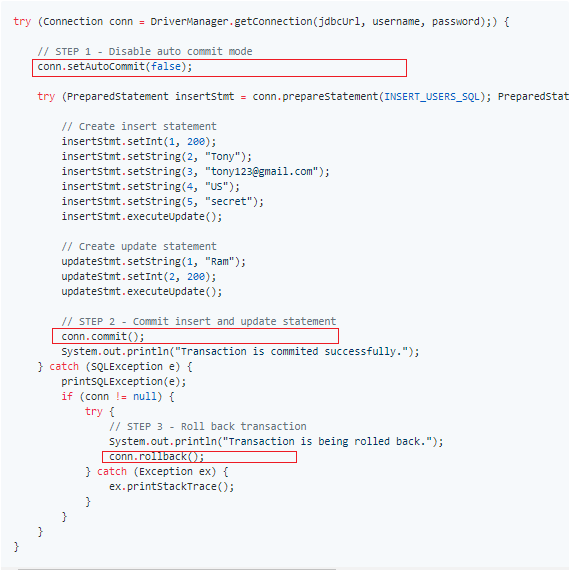Java异常处理:常见问题与解决案例
在Java编程中,异常处理是一种应对程序运行中出现错误情况的机制。以下是一些常见的Java异常处理问题及解决案例:
未捕获的异常:
问题:当你抛出一个异常但没有使用try-catch块来捕获它时,这会导致应用程序停止响应。
解决方案:在可能产生异常的地方使用try-catch块。例如:try {// 可能产生异常的代码int divisionResult = 10 / 2;System.out.println("Division result: " + divisionResult);} catch (ArithmeticException e) {System.out.println("Error occurred during division: " + e.getMessage());}
过度使用try-catch:
问题:当每个可能产生异常的语句都用单独的try-catch块包裹时,这会导致代码变得冗余且难以维护。
解决方案:合理设计try-catch结构,避免过度嵌套。例如:try {// 连接数据库的代码DatabaseConnection dbConn = new DatabaseConnection();String query = "SELECT * FROM users";List<User> userList = dbConn.query(query);System.out.println("User list: " + userList);} catch (DatabaseException e) {System.out.println("Error occurred while connecting to database: " + e.getMessage());}
忽视异常的具体信息:
问题:在处理异常时,如果只简单地捕获所有异常,并忽略异常的具体信息,可能会导致对错误情况的不准确判断。
解决方案:根据可能出现的异常类型进行精确的捕获和处理。例如:try {// 可能产生文件不存在异常的代码File file = new File("non_existent_file.txt");if (!file.exists()) {throw new FileNotFoundException("File does not exist: " + file.getAbsolutePath());}// 以下代码如果存在将抛出异常,无需再单独捕获} catch (FileNotFoundException e) {System.out.println("Error occurred while attempting to access non-existent file: " + e.getMessage());}
通过以上解决方案,你可以更有效地处理Java中的异常问题。



































还没有评论,来说两句吧...